


Micro Nutrient Fertilizer

Zinc Sulphate Hepta Hydrate
Micronutrients are essential for achieving optimal crop growth and productivity,…
Learn More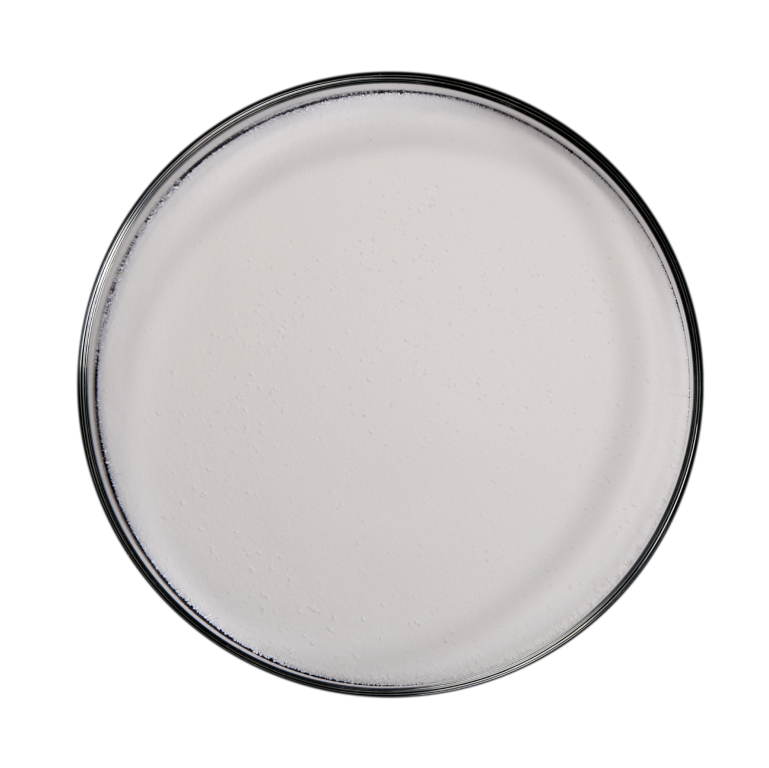
Zinc Sulphate Monohydrate
Micronutrients are integral to promoting vigorous crop growth and boosting…
Learn More

Manganese Sulphate
Manganese: Essential for Plant Physiology and Stress Tolerance Manganese is…
Learn More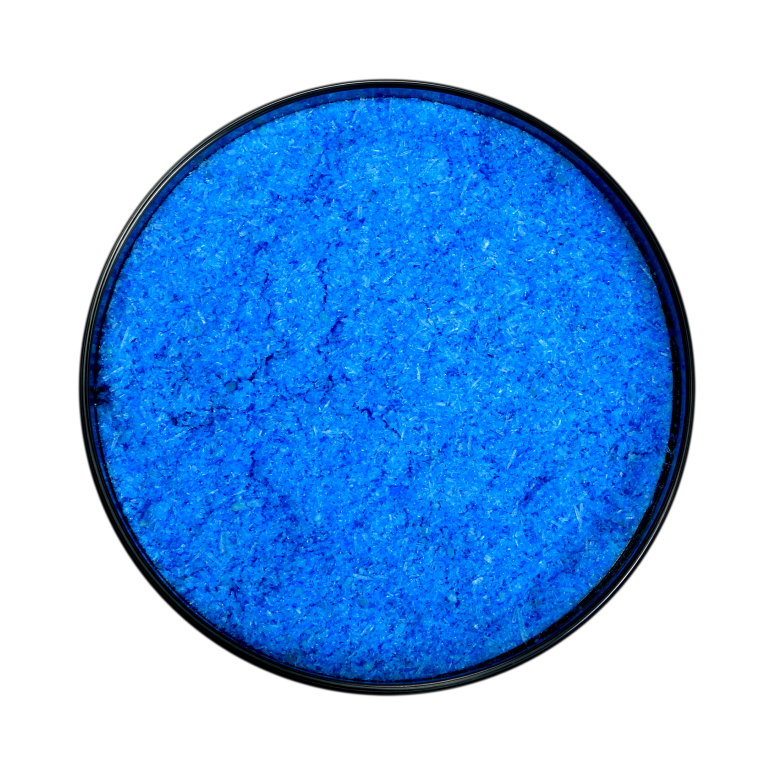
Copper Sulphate
Copper Sulphate: A Multifunctional Solution for Agriculture Copper Sulphate is…
Learn More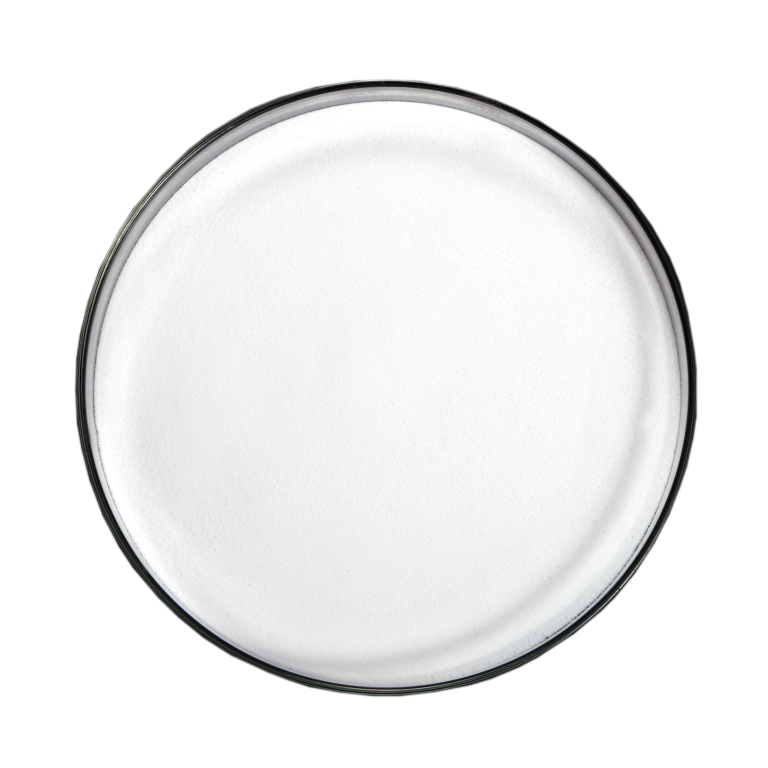
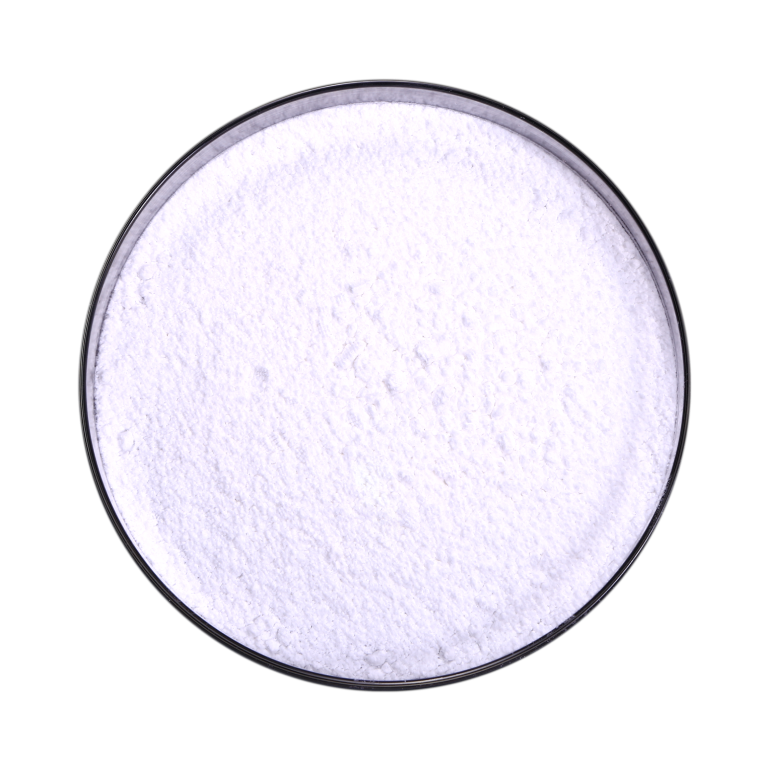
Boron 20%
Boron’s diverse contributions to plant biology underline its critical importance…
Learn More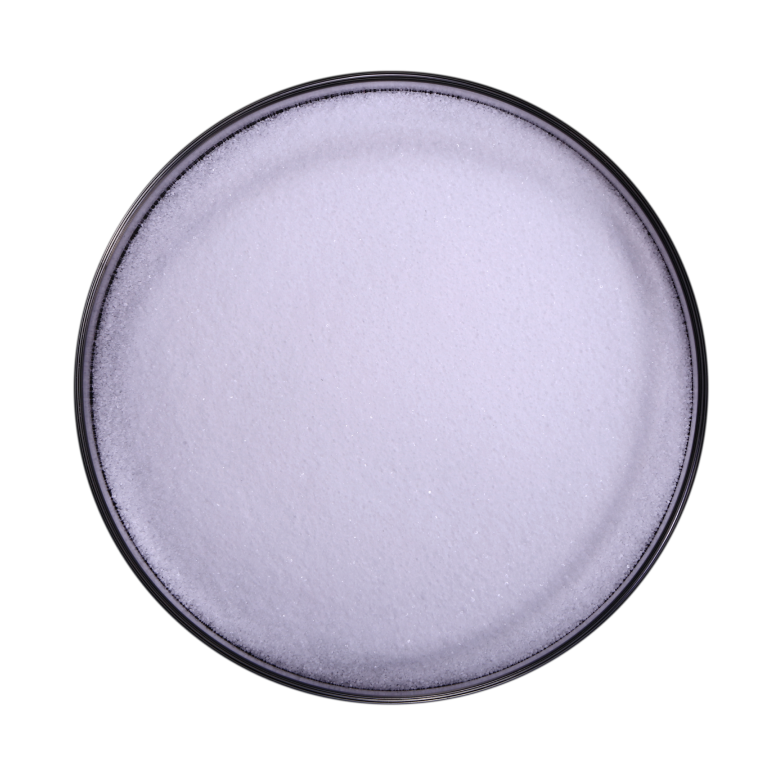
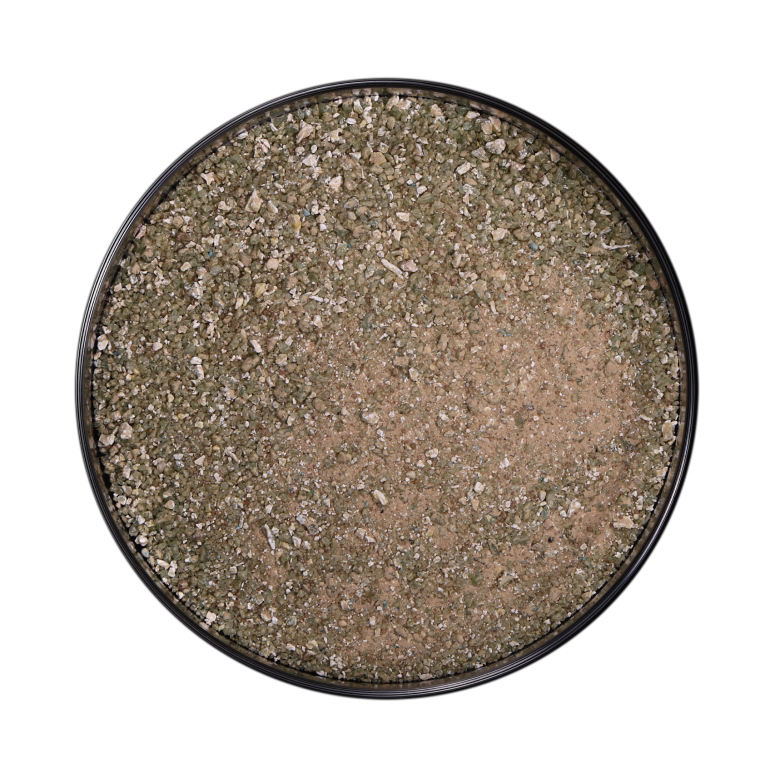
Mix Micronutrients Powder
Micronutrients, comprising Zinc, Copper, Manganese, Iron, Boron, and Molybdenum, are…
Learn More
Mix Micronutrients Liquid
Micronutrients, including Zinc, Copper, Manganese, Iron, Boron, and Molybdenum, represent…
Learn MoreArihant Group agriculture solutions include a vast range of products that can satisfy almost all needs, specific or general, of the farmer. Micronutrients are one of the most important segments of products, apart from biofertilizers, when it comes to absolute utility.
Micronutrients consist of a fine blend of mineral elements comprising Zinc (Zn), Copper (Cu), Manganese (Mn), Iron (Fe), Boron (B), and Molybdenum (Mo). Mineral elements nurture horticultural crops and also crops of cereals, pulses, oilseeds, spices, and plantations. In spite of the low demand, critical plant functions are hindered if micronutrients are unavailable, which results in plant deformations, lower yields, and diminished growth. Micronutrients are crucial for plant growth and play an important role in balancing crop nutrition.
Micronutrient deficiency can be encountered by visual symptoms on crops and by testing soil and plant tissues. To understand these visual symptoms, it is necessary to know the role each micronutrient plays in plant growth and development.
Micronutrient Deficiency Symptoms:
Except for Molybdenum, other micronutrients are considered weakly mobile or immobile in plants. This means that deficiency symptoms appear severely on the newest plant tissues, whereas for the Molybdenum, deficiency symptoms appear first on the oldest plant tissues.
- Zinc deficiency results in stunted growth, and lessened internode length, young leaves are smaller than normal.
- Iron deficiency leads to chlorosis, or greening, between the veins of new leaves.
- Boron deficiency results in light general chlorosis, death of growing point, and deformed leaves with areas of discoloration.
- Manganese (Mn) deficiency causes chlorotic mosaic patterns on leaves.
- Copper deficiency results in light overall chlorosis, leaf tips die back and tips are twisted, and loss of turgor in young leaves.
- Molybdenum deficiency is similar to those of ordinary nitrogen deficiency – general chlorosis (greening) of young plants, and chlorosis of oldest leaves.
Benefits Of Micro Nutrient Fertilizer
Benefits of Zinc (Zn)
- Zinc acts as a vital cofactor for numerous enzymes that govern essential metabolic activities, including carbohydrate metabolism, protein formation, and DNA transcription. These enzymatic processes are fundamental for energy generation, cellular growth, and the overall development of plants.
- Zinc is integral to the production of chlorophyll, the green pigment in plants responsible for capturing light energy during photosynthesis. This essential process converts light energy into chemical energy, which drives plant growth and productivity.
- Zinc aids in the production of ribosomes, which are the cellular structures responsible for creating proteins. These proteins form a critical part of plant cells and tissues, directly impacting growth and development.
- Zinc plays a key role in producing tryptophan, a precursor to auxin—a primary plant growth hormone. Auxin is crucial for regulating cell elongation, root development, and tissue differentiation, ensuring balanced and healthy plant structure.
- Zinc boosts a plant’s ability to withstand abiotic stresses such as cold, drought, and salinity. It contributes to maintaining membrane stability and activates antioxidant enzymes that shield plants from oxidative stress caused by environmental challenges.
- Zinc improves the plant’s ability to absorb and utilize essential nutrients like nitrogen and phosphorus. It supports the assimilation of nitrates and phosphates, critical for protein production and energy transfer within plant systems.
- Zinc stimulates the growth of robust and healthy roots, expanding root surface area and improving the plant’s capacity to absorb water and nutrients from the soil. This leads to stronger plant vigor and greater resilience.
- Adequate zinc levels are crucial for reproductive growth, impacting flower development, pollination, and fruit setting. Zinc ensures proper growth and maturation of flowers and fruits, enhancing yield and crop quality.
- Zinc bolsters the plant’s defense mechanisms, making it more resistant to diseases caused by fungi, bacteria, and viruses. It facilitates the production of compounds that deter pathogens, safeguarding plant health.
- By supporting vital physiological and biochemical functions, zinc contributes to the comprehensive health, growth, and productivity of plants. It plays a pivotal role in ensuring optimal plant performance and development.
Enzyme Activation
Enhancement of Photosynthesis
Protein Formation
Auxin Production
Increased Stress Tolerance
Enhanced Nutrient Absorption
Root Development
Flowering and Fruit Formation
Strengthened Disease Resistance
Overall Plant Well-being and Productivity
Benefits of Iron (Fe)
- Iron is a crucial component in the synthesis of chlorophyll, the green pigment responsible for photosynthesis. Adequate iron levels are essential for the formation of chloroplasts and maintaining their structure, which directly influences the plant’s ability to capture light energy and convert it into chemical energy.
- Iron plays a pivotal role in the electron transport chain, a vital process in plant respiration and photosynthesis. It assists in the movement of electrons, aiding in the production of energy (ATP) necessary for various cellular functions.
- Iron serves as a cofactor for numerous enzymes involved in critical biochemical processes, including DNA production, nitrogen assimilation, and lipid metabolism. Proper enzyme activity supported by iron promotes overall plant health and growth.
- For legumes and other nitrogen-fixing plants, iron is indispensable for the nitrogenase enzyme, which converts atmospheric nitrogen into a usable form. This process is vital for the plant’s nitrogen needs and development.
- Iron is a component of cytochromes and iron-sulfur proteins essential for cellular respiration. This process generates the energy required for growth, development, and adapting to environmental challenges.
- Adequate iron levels enable plants to cope with environmental stresses like drought and salinity. Iron aids in producing antioxidants, which protect plant cells from oxidative damage under stress conditions.
- Iron is critical for overall plant development, supporting processes like cell division, root elongation, and the emergence of new leaves and shoots. It ensures the sustained growth and vitality of plants.
- Iron plays a role in the absorption and distribution of nutrients like phosphorus and potassium. It ensures proper nutrient balance and availability within the plant, contributing to healthier growth and increased productivity.
- Iron enhances a plant’s immune system, improving resistance to diseases and pathogens. It fortifies cell walls and activates protective mechanisms that guard against infections.
- Iron deficiency often results in leaf yellowing (chlorosis) and diminished crop quality and output. Sufficient iron nutrition promotes healthier plants, leading to higher yields, superior quality, and better market value.
Chlorophyll Formation
Energy Generation Through Electron Transport
Enzymatic Functions
Facilitation of Nitrogen Fixation
Support for Respiration and Metabolism
Enhanced Stress Tolerance
Boost to Growth and Development
Nutrient Utilization and Transport
Strengthened Disease Defense
Improved Yield and Quality
Benefits of Manganese (Mn)
- Manganese is an integral part of the water-splitting complex in photosystem II, a critical component of the light-dependent phase of photosynthesis. It facilitates the breakdown of water molecules, resulting in oxygen release and the formation of energy carriers like ATP and NADPH.
- Manganese serves as a cofactor for various enzymes involved in essential metabolic activities, such as carbohydrate breakdown, protein formation, and lipid processing. These enzymes depend on manganese for optimal performance, influencing plant development and growth.
- Manganese is essential in the production of chlorophyll, the pigment responsible for absorbing light energy during photosynthesis. Proper manganese levels ensure healthy chloroplasts, promoting efficient energy generation and photosynthetic activity.
- Manganese supports nitrate assimilation, a vital aspect of nitrogen utilization in plants. It helps convert nitrates into ammonia, which is then used to create amino acids and proteins, fundamental for plant growth.
- Manganese aids in producing antioxidants and other defensive compounds that enable plants to handle oxidative stress from environmental challenges like drought, heat, or pathogens. It mitigates damage by neutralizing reactive oxygen species (ROS).
- Manganese is crucial for robust root system development, promoting root elongation and branching. Healthy roots enhance the plant’s ability to absorb water and nutrients, boosting overall vigor and productivity.
- Manganese strengthens a plant’s defenses by contributing to lignin synthesis, which fortifies cell walls and acts as a barrier against infections. This helps the plant resist various diseases and pathogens.
- Adequate manganese availability results in healthier growth, better flowering, and increased fruit production, ultimately improving both yield and quality of crops.
- Manganese is vital for pollen germination and seed viability. It plays a role in producing compounds required for pollen tube growth and fertilization, ensuring successful plant reproduction.
- Manganese affects the production and activity of plant hormones like auxins and gibberellins, which control processes such as cell division, elongation, and differentiation, ensuring balanced growth and development.
Role in Photosynthesis
Catalyst for Enzyme Activity
Chlorophyll Production
Assistance in Nitrogen Use
Enhancing Stress Tolerance
Support for Root Development
Disease Resistance
Boosting Crop Output and Quality
Facilitating Pollen and Seed Formation
Hormonal Regulation
Benefits of Copper (Cu)
- Copper serves as an essential component of numerous enzymes, such as oxidases and laccases, that facilitate redox reactions within plant cells. These enzymes are integral to processes like photosynthesis, cellular respiration, and the formation of lignin.
- Copper is crucial for chloroplast functionality and participates in the electron transport chain during photosynthesis. It aids in the production of plastocyanin, a protein responsible for electron transfer, enabling efficient energy generation in plants.
- Copper is involved in lignin biosynthesis, which strengthens and stabilizes plant cell walls. Lignin also supports water conduction within the plant and enhances resistance to pathogens by acting as a physical barrier.
- Copper is essential for synthesizing proteins, including enzymes and structural proteins. It assists in forming disulfide bonds, which stabilize protein structures and ensure proper functionality.
- Copper plays a significant role in reproductive processes, contributing to pollen development, pollen tube elongation, and seed production. It ensures effective fertilization and the generation of viable seeds.
- Copper supports the plant’s antioxidant system by acting as a cofactor for superoxide dismutase (SOD), an enzyme that neutralizes reactive oxygen species (ROS). This protection minimizes oxidative damage caused by environmental challenges like drought, heat, or pathogen attacks.
- Copper influences plant hormone metabolism, including ethylene and gibberellins, which are critical for regulating growth, development, and stress adaptation. For instance, copper plays a role in the biosynthesis of ethylene, a hormone that governs fruit ripening and stress responses.
- Copper improves the plant’s ability to absorb and efficiently use other nutrients, such as iron and phosphorus. It contributes to maintaining nutrient balance, fostering robust growth and health.
- Copper boosts plant immunity and enhances disease resistance. It helps inhibit the proliferation of certain pathogens, such as fungi and bacteria, by activating defense responses and reinforcing cell walls.
- Sufficient copper levels promote improved crop growth, flowering, and fruiting, resulting in increased yield and superior-quality produce.
Activation of Enzymes
Role in Photosynthesis
Lignin Formation
Protein Formation
Reproductive Support
Stress Tolerance
Hormonal Regulation
Enhanced Nutrient Absorption
Disease Defense
Better Yield and Produce Quality
Benefits of Boron (B)
- Boron is essential for maintaining the structure and integrity of plant cell walls. It contributes to the formation and stability of pectic polysaccharides, critical components of the cell wall, ensuring strength and flexibility necessary for cell division, elongation, and overall plant growth.
- Boron is indispensable for cell division and elongation in plants. It aids in the production of new cells in actively growing regions like root and shoot tips as well as meristems. Adequate boron ensures proper growth and development of these vital tissues.
- Boron plays a pivotal role in plant reproduction. It supports pollen tube elongation, ensuring fertilization and successful seed production. A deficiency in boron can reduce pollen viability and seed development, ultimately lowering crop yield.
- Boron facilitates the movement of sugars and carbohydrates across cell membranes, ensuring their effective distribution throughout the plant. This contributes to energy availability for growth and metabolic functions. Additionally, boron regulates sugar metabolism, maintaining the plant’s energy equilibrium.
- Boron influences the absorption and effective use of key nutrients, such as calcium, potassium, and nitrogen. It also regulates plant hormones like auxins, which are vital for processes such as root elongation, fruit development, and leaf growth.
- Boron helps maintain the structural integrity and functionality of cell membranes. It regulates membrane permeability and ion transport, supporting critical physiological activities, including nutrient movement and signaling.
- Boron aids plants in coping with environmental challenges like drought, salinity, and extreme temperatures. It contributes to the production of protective compounds such as phenolics and lignin, which fortify cell walls and improve stress resilience.
- Boron strengthens plant defenses against pathogens by reinforcing cell walls, making them more resistant to invasion. It also supports the synthesis of antimicrobial compounds, bolstering the plant’s ability to fight infections.
- Sufficient boron levels lead to enhanced crop yields and superior quality. It supports healthy flower and fruit development, resulting in better fruit set, size, and marketable produce.
- Boron is critical for root growth, promoting both primary root elongation and the development of lateral roots. A robust root system enhances water and nutrient uptake, driving overall plant health and productivity.
Cell Wall Strength and Stability
Support for Cell Division and Growth
Reproductive Health and Seed Formation
Carbohydrate Transport and Energy Management
Nutrient and Hormone Balance
Membrane Structure and Functionality
Enhanced Stress Tolerance
Disease Defense
Boosted Yield and Crop Quality
Improved Root Systems
Benefits of Molybdenum (Mo)
- Molybdenum is a vital part of nitrate reductase, an enzyme required to transform nitrate (NO₃⁻) into nitrite (NO₂⁻). This transformation is a critical stage in the nitrogen assimilation process, allowing plants to absorb nitrogen from the soil and convert it into amino acids, proteins, and other essential nitrogenous compounds.
- In legumes, molybdenum is indispensable for the enzyme nitrogenase, which drives biological nitrogen fixation. This process converts atmospheric nitrogen (N₂) into ammonia (NH₃), a plant-accessible form. It plays a crucial role in legume growth and enhances soil fertility.
- Molybdenum contributes to sulfur metabolism by being a component of sulfite oxidase. This enzyme facilitates the conversion of sulfite (SO₃²⁻) to sulfate (SO₄²⁻), an important step in sulfur utilization and detoxification within plants.
- Molybdenum supports the proper utilization of iron in plants, maintaining the balance of iron and other nutrients essential for metabolic activities.
- As a cofactor, molybdenum activates several enzymes, such as aldehyde oxidase and xanthine dehydrogenase. These enzymes regulate the metabolism of purines, pyrimidines, and aldehydes, aiding in detoxification and the management of plant growth hormones.
- Molybdenum helps plants withstand environmental stresses, including drought and salinity. It contributes to the production of compounds that mitigate oxidative damage, safeguarding plant cells under adverse conditions.
- By facilitating critical metabolic activities, molybdenum improves the absorption and efficient use of nutrients from the soil. This results in enhanced growth and overall plant development.
- Molybdenum is essential for the formation of pollen and seeds, ensuring their viability and development. Sufficient levels of molybdenum are necessary for successful reproduction, which directly impacts crop productivity.
- Through its contributions to nitrogen and sulfur metabolism and other biochemical processes, molybdenum promotes robust plant growth, leading to superior crop yield and quality. Plants enriched with molybdenum produce higher-grade fruits, seeds, and other marketable produce.
- Molybdenum helps regulate pH levels within plant cells, especially in vacuoles. This ensures cellular stability and the smooth functioning of metabolic activities.
Key Role in Nitrogen Utilization
Essential for Nitrogen Fixation
Sulfur Processing
Optimizing Iron Usage
Catalyst for Enzymatic Reactions
Enhancing Stress Tolerance
Boosting Nutrient Absorption
Role in Reproduction
Increased Yield and Quality
Maintaining Cellular pH Balance
Benefits of Magnesium (Mg)
- Magnesium is a core element of the chlorophyll molecule, which is indispensable for photosynthesis. Chlorophyll captures light energy and transforms it into chemical energy, fueling the production of organic compounds required for plant growth. Insufficient magnesium disrupts chlorophyll production, decreasing photosynthetic efficiency and limiting plant growth and yield.
- Magnesium functions as a cofactor for numerous enzymes involved in critical metabolic activities, including carbohydrate, protein, and fat synthesis. It plays a key role in activating enzymes responsible for ATP (adenosine triphosphate) synthesis, the primary energy source for cellular functions.
- Magnesium contributes to the uptake and movement of nutrients within plants. It aids in maintaining ionic equilibrium and stabilizing cell membranes, ensuring the smooth transfer of nutrients and water into and out of cells. This is vital for the effective transport of nutrients like phosphorus and calcium, as well as for maintaining overall nutrient balance.
- Magnesium plays a critical role in protein synthesis by stabilizing ribosomes, which assemble amino acids into proteins. Proteins are essential for the growth and repair of plant tissues, making magnesium vital for efficient protein production.
- Magnesium is involved in carbohydrate metabolism, including breaking down carbohydrates into sugars that provide energy for plants. It also aids in the movement of sugars from the leaves to other parts of the plant for use or storage.
- Magnesium helps plants endure environmental challenges like drought, temperature extremes, and diseases. It participates in the production of stress-related compounds and regulates stomatal functions, which control water retention and gas exchange.
- In addition to being a chlorophyll component, magnesium activates enzymes involved in photosynthesis, such as ribulose-1,5-bisphosphate carboxylase/oxygenase (RuBisCO). RuBisCO is a vital enzyme in the Calvin cycle, where carbon dioxide is converted into sugars.
- Magnesium is required for the production of DNA and RNA, the genetic blueprints for all cellular activities. It serves as a cofactor for polymerase enzymes, which replicate, repair, and synthesize genetic material.
- Magnesium is essential for cell division and elongation, processes that drive the growth of plant tissues such as roots, stems, and leaves.
- Magnesium is necessary for the proper development and ripening of fruits and seeds. A deficiency in magnesium can lead to poor fruit quality and reduced seed viability, negatively impacting crop productivity.
Essential for Chlorophyll Formation
Enzyme Support and Activation
Facilitates Nutrient Transport
Supports Protein Formation
Key Role in Carbohydrate Processing
Enhances Stress Tolerance
Boosts Photosynthetic Processes
Essential for Genetic Material Synthesis
Critical for Cellular Growth and Division
Promotes Fruit and Seed Development
Benefits of Calcium (Ca)
- Calcium is a crucial component of plant cell walls, forming calcium pectate, which binds cells together. This compound ensures the rigidity and mechanical strength of plant tissues, safeguarding against physical damage and pathogen attack by reinforcing cell walls.
- Calcium plays an essential role in preserving the stability and functionality of cell membranes. It regulates membrane permeability, ensuring the effective movement of nutrients and water into and out of cells, which is especially important under stress conditions such as drought or high salinity.
- Calcium functions as a secondary messenger in plants, aiding in the transmission of signals from environmental cues like light, temperature changes, or pathogen presence. These signals coordinate various physiological responses, including growth, development, and adaptation to stress.
- Calcium is indispensable for the development of root and shoot tips, which are vital for plant growth. A deficiency in calcium can hinder root formation, reducing the plant’s ability to absorb nutrients and water from the soil.
- Calcium serves as a cofactor for several enzymes involved in critical metabolic activities, such as nutrient metabolism and energy production. It ensures the activation and proper regulation of these enzymes, supporting efficient cellular processes.
- alcium is fundamental for the growth of the pollen tube, a structure that guides pollen to the ovule for fertilization. Proper calcium levels ensure successful fertilization and seed development, while a deficiency may result in poor fruit set and reduced seed production.
- Calcium influences the uptake and distribution of nutrients like potassium, magnesium, and phosphorus. By maintaining ionic equilibrium in cells and tissues, it supports the efficient functioning of nutrient transport systems.
- Calcium helps plants adapt to and withstand abiotic stresses such as salinity, drought, and extreme temperatures. It plays a role in synthesizing stress-related compounds and regulates osmotic pressure in cells, minimizing damage during stressful conditions.
- Calcium contributes to the quality and storage life of fruits and vegetables. By fortifying fruit cell walls, it prevents disorders such as blossom-end rot in crops like tomatoes and peppers. It also maintains fruit firmness and reduces post-harvest decay, prolonging freshness.
- Calcium is necessary for cell division and elongation, two critical processes for plant development. It assists in forming the cell plate during division and supports cell elongation, contributing to overall plant health and growth.
Maintains Cell Wall Structure and Strength
Stabilizes Cell Membranes
Facilitates Signal Transmission
Supports Root and Shoot Growth
Enzyme Cofactor and Regulator
Enables Pollen Tube Growth and Fertilization
Enhances Nutrient Transport and Ionic Balance
Boosts Stress Tolerance
Improves Fruit Quality and Longevity
Aids in Cell Division and Growth
Benefits of Sulfur (S)
- Sulfur is an essential part of specific amino acids like cysteine and methionine, which are the building blocks of proteins. These sulfur-containing amino acids are critical for protein formation, enzyme activity, and overall growth and development in plants.
- Sulfur is required for producing chlorophyll, the green pigment responsible for photosynthesis. Adequate sulfur availability supports efficient chlorophyll production, enhancing a plant’s ability to capture sunlight and convert it into energy.
- Sulfur serves as a cofactor for several enzymes involved in metabolic processes, such as the synthesis and degradation of carbohydrates, fats, and proteins. It helps activate these enzymes, ensuring optimal metabolic activity.
- Sulfur is a constituent of coenzymes like Coenzyme A, which plays an essential role in cellular metabolism, including fatty acid synthesis and the citric acid cycle.
- Glutathione, a sulfur-containing tripeptide, acts as a significant antioxidant in plants. It safeguards cells against oxidative stress caused by environmental factors such as drought, intense sunlight, and pollutants. Glutathione also helps detoxify harmful compounds within the plant.
- Sulfur aids plants in tolerating environmental stresses, including drought, salinity, and extreme temperatures. It supports the production of stress-related molecules, helping plants adapt to and survive challenging conditions.
- Sulfur is vital for producing vitamins like biotin (B7) and thiamine (B1). These vitamins are crucial for numerous biochemical and metabolic reactions in plants.
- Sulfur contributes to creating aromatic compounds such as glucosinolates and alliins, found in crops like broccoli, garlic, and onions. These compounds influence the flavor and scent of the produce and may offer health benefits to humans.
- Sulfur plays a key role in the formation of root nodules in legumes. These nodules house nitrogen-fixing bacteria that convert atmospheric nitrogen into a usable form for plants, enhancing soil fertility and plant growth.
- Sulfur is integral to the conversion of sulfate into sulfide, an essential step in creating sulfur-containing compounds. This process is crucial for plants to effectively use sulfur sourced from the soil.
- Sulfur supports the development and functioning of roots, improving the plant’s ability to take up water and nutrients from the soil. A robust root system is fundamental for healthy plant growth and productivity.
- Sulfur aids in plant defense against pathogens. It is involved in producing sulfur-based compounds with antimicrobial properties, offering protection against diseases.
Amino Acid and Protein Formation:
Chlorophyll Synthesis:
Enzyme Function:
Coenzyme Formation:
Glutathione Formation:
Enhanced Stress Resistance:
Vitamin Synthesis:
Aromatic Compound Production:
Nodulation in Leguminous Plants:
Sulfur Metabolism and Sulfate Utilization:
Root Growth and Function:
Disease Protection:
Micronutrients are required through the growth cycle
Growth Stage

Germination and
establishment

Vegetative Growth

Flowering and
Reproduction

Maturity and
Sensecence
Micronutrients essential to support growth processes
Fe, Zn, Mn
Fe, Zn, Mn, Cu, B
Fe, B
Cu, Mo, B


